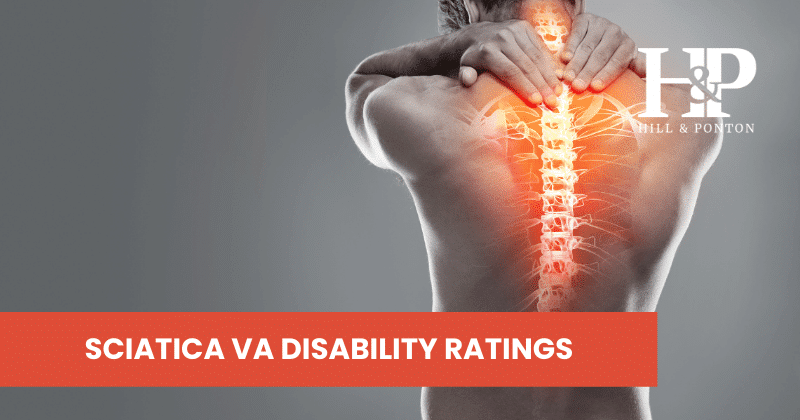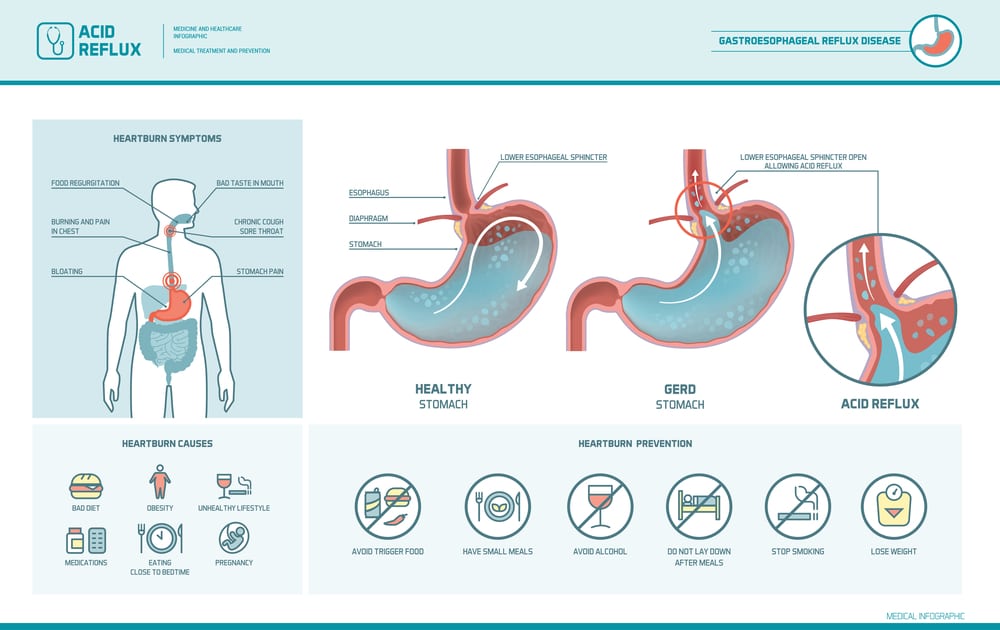Sciatic nerve conditions like sciatica are rated in three different categories based on the degree of severity of symptoms. As you can imagine, injuries that affect the spinal cord are considered to be much more severe than ones that don’t directly affect movement, the nerve root or cause incontinence.
- Paralysis
- Neuritis
- Neuralgia
Sciatica has a wide variety of symptoms and severity, so when is sciatica a disability? Read on to learn more.
VA Ratings for Paralysis of the Sciatic Nerve
Paralysis is the most severe category of the medical condition, followed by neuritis, and then neuralgia. Each of these categories of sciatic nerve conditions also has sub-categories such as mild, moderate, and severe symptoms.
Depending on the type of symptoms an individual is experiencing, steroid injections and anti-inflammatory procedures could be required to solve the debilitating pain.
A sciatic nerve condition that involves complete paralysis of the sciatic nerve, which causes all of the muscles in the leg and below the knee to fail to work, and causes serious difficulty in bending the knee, could result in an 80 percent disability benefits rating.
Incomplete but severe paralysis of the sciatic nerve could then result in a 60 percent disability rating.
Severe paralysis of long periods can be shown by muscular atrophy, poor blood circulation, and limited functionality of the affected body part. Incomplete paralysis can be considered as severe, moderately severe, moderate or mild with disability ratings as low as 10 percent.
Neuritis VA Ratings
Symptoms of severe loss of reflexes, loss of sensation, muscle atrophy, and severely limited functionality fall under severe neuritis. This could entitle a veteran to a 60 percent disability rating while symptoms of moderately severe or mild sciatic neuritis (sciatica pain) can be given ratings of 40, 20, or 10 percent based on the quality of the disability application.
Neuralgia VA Ratings
Symptoms of tingling, numbness, and moderate to severe pain with interference with the affected limb’s functionality, would fall under moderate neuralgia. This could produce a 20 percent disability rating. Mild neuralgia can produce a 10 percent disability rating with symptoms of only mild pain or with mild interference with the limb’s functionality. Symptoms of severe neuralgia have no rating.
Also, the symptoms of sciatica can sometimes affect one side of the body while other times veterans can experience bilateral symptoms that can justify significant disability benefits.
Have Questions About Appealing Your Claim or Understanding How the Claims Process Works?
The attorneys at Hill & Ponton are here to support you with appealing a claim to get sciatica benefits.
If you are intending to appeal a denied claim, you can contact us for an evaluation and we can help you with this process.
However, if you are considering filing an initial claim, or even if you are interested in learning about the appeals process, we offer a free ebook to get you started on the right foot!
The Road to VA Compensation Benefits will help break down the claims process from start to finish. Click the link below to learn more.





